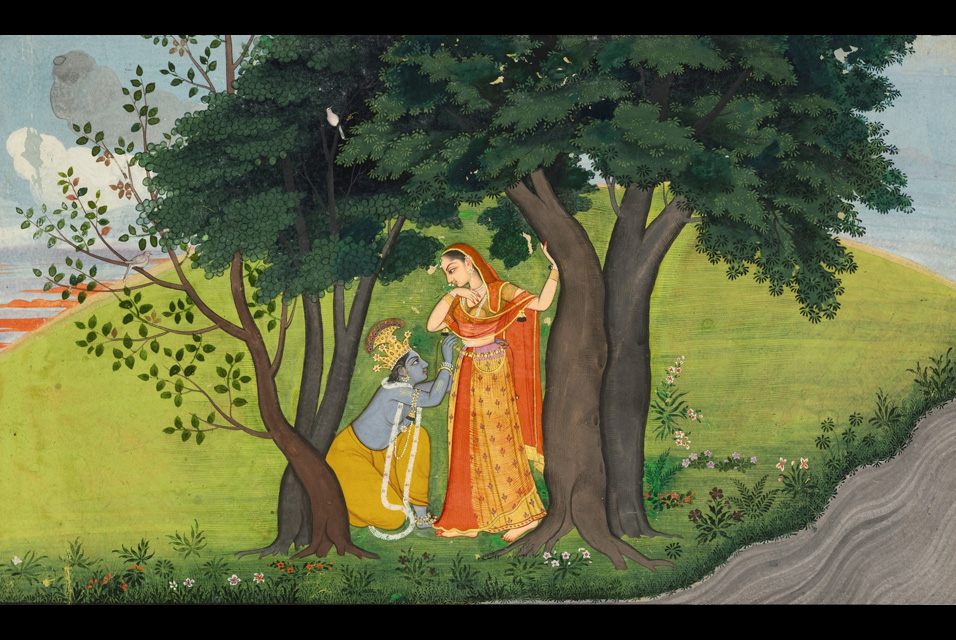 |
| Saul Steinberg. Untitled, 1948. And have a look at the great Saul Steinberg archive at this Artsy site, here. Love this vid. A Samoan schoolboy leads the tribal style morning prayer with verve. |
 |
| The Leonid meteor showers, expected this November 17th |
 |
| A moral tale of the evils of the pursuit of material wealth the fairy story 'The Heart of Stone' was written by the German poet and author Wilhelm Hauff (1802-1827). |
 |
At Her Bath
Indian, Pahari, about 1690–1700
|
 |
| Kidmograph |
 |
| Trippy gifs by Kidmograph |
The Visual Music Of The Shipibo Tribe Of The Amazon
The Magical Art of the Shipibo People of the Upper Amazon
By Howard G Charing
The Shipibo believe that our state of health, both physical and psychological, is dependent on the balanced union between mind, spirit and body. If an imbalance in this occurs - such as through emotions of envy, hate, anger - this will generate a negative effect on the health of that person. The shaman will re-establish the balance by chanting the icaros, which are the geometric patterns of harmony made manifest in sound, into the body of the person. The shaman in effect transforms the visual code into an acoustic code. A key element in this magical dialogue with the energy which permeates Creation and is embedded in the Shipibo designs, is the work with ayahuasca by the Shipibo shamans or muraya.
In the deep ayahuasca trance, the ayahuasca reveals to the shaman the luminous geometric patterns of energy. These filaments drift towards the mouth of the shaman where they metamorphose into a chant or icaro. The icaro is a conduit for the patterns of Creation, which then permeate the body of the shaman’s patient, bringing harmony in the form of the geometric patterns which re-balance the patient’s body.
Shipibo Tribe. Textiles. Peruvian Amazon.


 |
 |
| Tomás Sánchez |
 |
| Tomás Sánchez |
 |
| Tomás Sánchez |



















